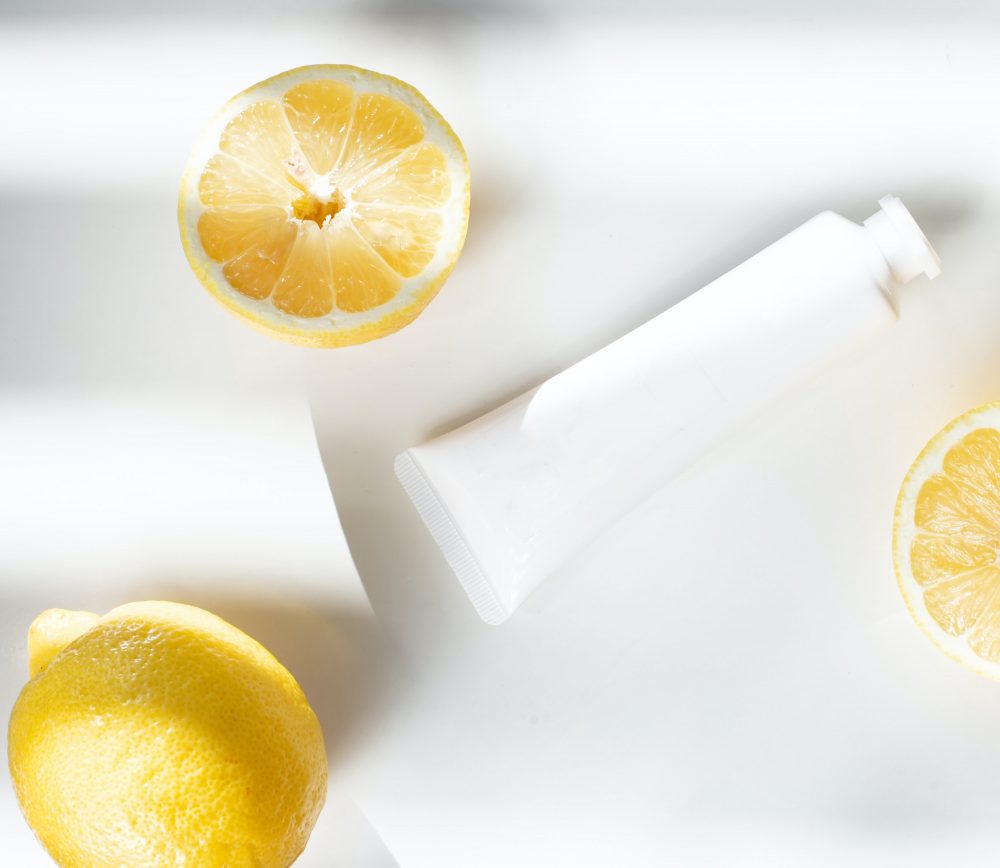5 Top Skincare Ingredient Offenders

There are many “worst-offender” chemicals to watch out for in cosmetic and personal care labels. And to list them all here would turn this article into something of an encyclopedia.
The smartest approach, as you’ll see in more detail below, is to only choose products that are USDA Certified Organic (or equivalent independent certifications in other countries) to ensure 95% or more truly safe, organic ingredients.
With that noted, here are five common offenders to watch out for:
1. Parabens
Parabens are cheap preservatives that are put in a lot of cosmetic products. But they mimic estrogen by binding to estrogen receptors on cells. Research has shown that the perceived influx of estrogen may, in some cases, trigger reactions such as increasing breast cell division and the growth of tumors.
2. “Fragrance”
What’s in it? No one can be sure. Companies are not required to disclose the chemicals they use to make up a “fragrance” in their products. But suffice it to say, if all the label says is “fragrance,” you might do well to assume that it’s a noxious chemical cocktail, linked to allergic reactions.
3. Phthalates
Avoid phthalates at all costs. These chemicals are associated with a range of issues, including reproductive dysfunction, congenital disabilities, asthma, type 2 diabetes, and ADHD. They’re used in many products like moisturizers and skin lotions to make them more liquid-like.
4. Triclosan or Microban
These chemicals are used to prevent bacterial growth. On the surface, you’d think that would be a good thing. Remember, though; your skin contains a microbiome of beneficial bacteria. And triclosan and microban don’t discriminate between good and bad bacteria. They may even be contributing to the rise of antibiotic-resistant “superbugs” and other dangerous illnesses.
5. Sodium Lauryl Sulfate (SLS)
SLS is a common ingredient in a range of cosmetic and personal care products. It makes soaps foam and also acts as a thickening agent. But it can be dangerous, thanks to byproducts in the manufacturing process that have been linked to kidney and liver dysfunction.
(Excerpt taken from The Food Revolution Network)
